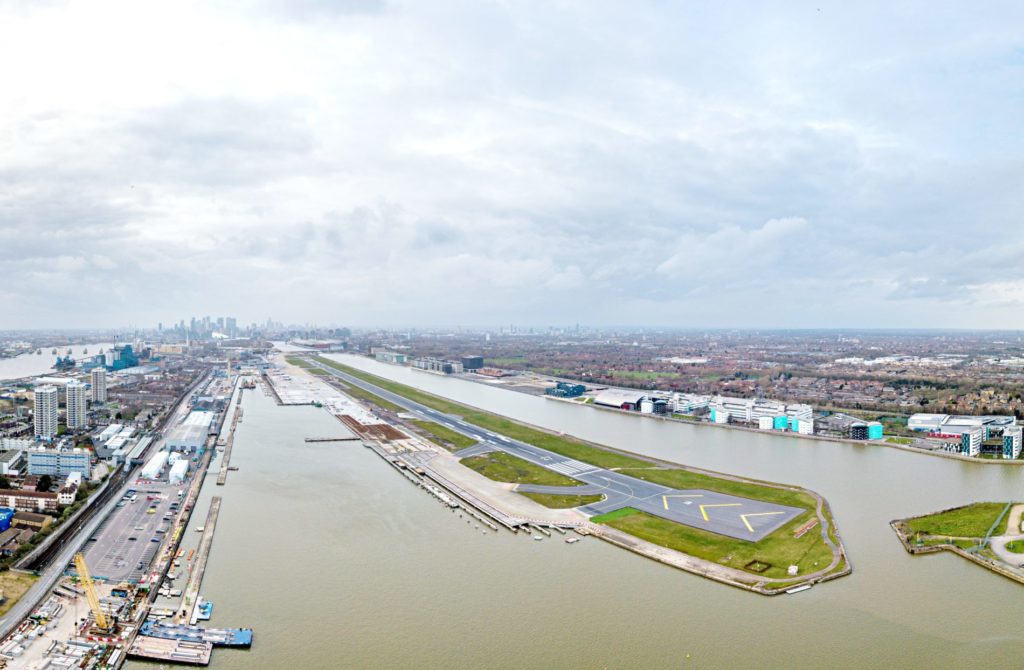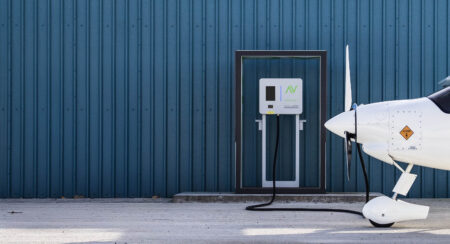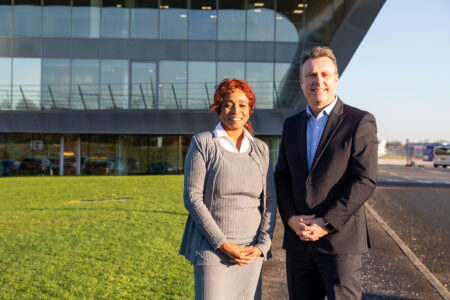At the height of the COVID-19 crisis, the airport took the decision to suspend commercial flights, re-opening on June 21. During that period, the airport worked with contractors to adapt working methods to meet new health and safety standards and made significant progress with crucial elements of the scheme.
By the end of 2020, the airport will have completed a number of projects to deliver significant new airside infrastructure and capacity. This includes eight new aircraft stands capable of accommodating the new generation of cleaner, more sustainable aircraft such as the Airbus A220, and the Embraer E2-190, along with a full length parallel taxiway providing the ability to allow 45 aircraft movements per hour, when demand returns.
While over the summer there has been a return to flying, the recovery of the UK aviation market has been slower than expected with demand well below normal levels, including at London City, where passenger volumes will be well down on the record breaking 5.1 million passengers who used the airport last year. Furthermore, it has become clearer that the recovery to previous levels will take longer than initially expected.
It is in this context that the airport has decided to re-evaluate the timing of the next phases of the development program, including the new terminal extension.





